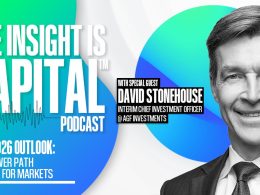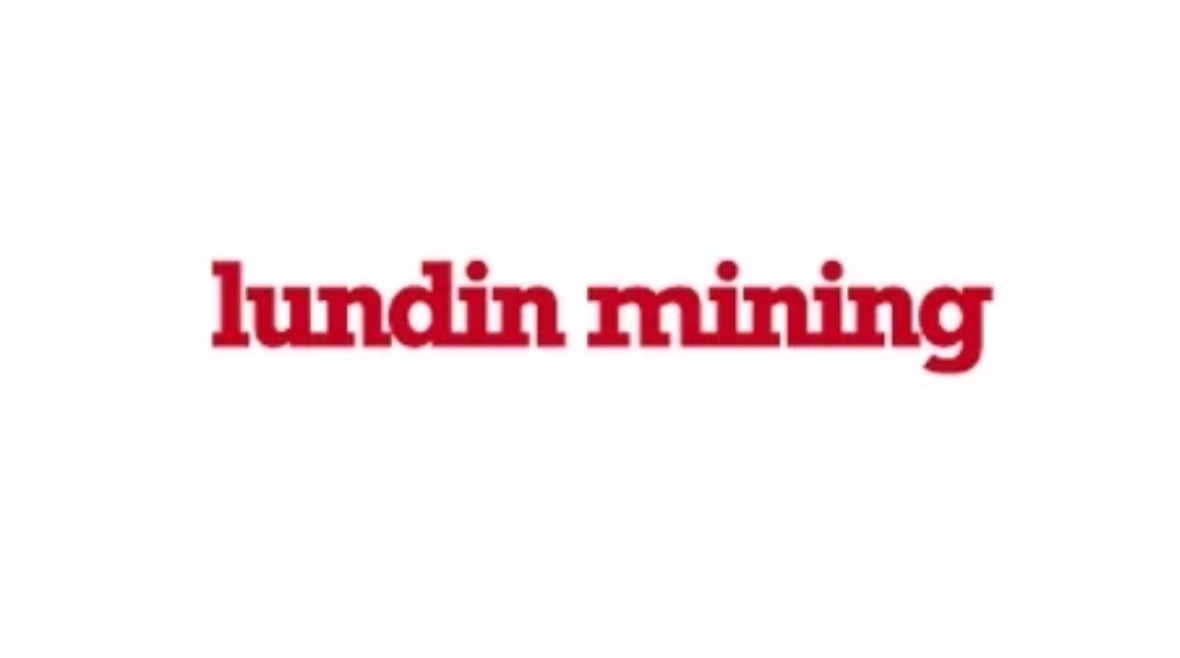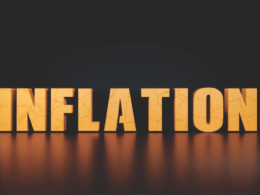by Jeff Weniger, CFA, Head of Equity Strategy & Kevin Flanagan, Head of Fixed Income Strategy, WisdomTree
Market sentiment has come a long way since the Tariff Tantrum. Earlier this year, the VIX volatility index shot up into the 60s, a fear level previously seen in such episodes as the October 1987 crash and during 2008’s rolling bank insolvencies. It has since fallen to 16, a level generally associated with a market that fears very little.
There are always concerns for the bears. For one, a subprime auto lender named Tricolor Holdings just declared bankruptcy. That news comes amid another ominous portent in the car business: dealers are stuck with a bunch of EVs that they couldn’t unload ahead of the $7,500 tax credit expiration on September 30. Who will purchase an EV in October, with the tax incentive gone? Only stink bidders, we would imagine.
Aside from the travails of the auto industry, which is still navigating the tariff playbook, stock market bears point to another fact: it’s almost Halloween, yet here we are with no signatures on many international trade deals. Finally, there is another saga: a budget showdown, once again.
But if you think about that “bear list,” it’s not half bad compared to some of what we have been put through since the GFC. A few: Grexit, Brexit, China’s housing implosion, the SVB insolvency, Yenmageddon, Covid-19 lockdowns and layoffs, the supply chain debacle, and the Russia-Ukraine war.
We think many or all of those are a bigger deal than the current clouds that are identified by the economic bears.
We think the US is in decent shape. In considering the labor market, it is important to distinguish between the words “weak” and “weakening.” The current situation is probably the latter because we need to get real: the headline unemployment rate is still 4.3%, with 1.1 million more people employed in full-time jobs than this time last year. How anyone can call that “weak,” we don’t know.
A question that answers itself: if the jobs market stumbles in 2026 by any reasonably orderly course, will anyone who follows the market closely be taken aback? Some of the jobs market rhetoric is outlandish for the current stage of the cycle. For example, we have been bombarded with this statistic: there are now fewer job openings than unemployed Americans. Scary, until the data is checked and the reality reveals this condition to have prevailed for 75% of the 21st Century.
While those who are fighting the tape are finding reasons to be glum, there are nuggets of optimistic takeaways from small businesses’ answers in the National Federation of Independent Business (NFIB) survey. On the question of economic conditions six months from now, the gap between those who say things will be better and those who say things will get worse is higher than 88% of all readings since 1986. Similarly, only 14.2% of respondents to the Conference Board’s survey question on business conditions said things were “bad” right now. That is better than 80% of all months since 1978.
Also, the Fed’s decision to cut rates comes from a starting point where bank lending standards are not decidedly restrictive. Prior Fed easing cycles commenced when a large majority of banks were in serious belt tightening mode, but today’s net 9.5% of banks who say they are tightening standards is a middle-of-the-road response rate. Take a hundred basis points or so out of Fed funds over the next few quarters and there is a live possibility that 2026 witnesses something of an easy credit bonanza, or at least an opening of pocketbooks.
Finally, there is a fighting chance that next year witnesses a bunch of 7-8% mortgages get refinanced. The Mortgage Bankers Association Refinancing Index has started to pull itself out of the basement, with many homebuyers getting quotes around 6.25-6.50%. If this market sends mortgage rates into the 5s, the recent refi boomlet could prove a 2026 theme.
Copyright © WisdomTree















